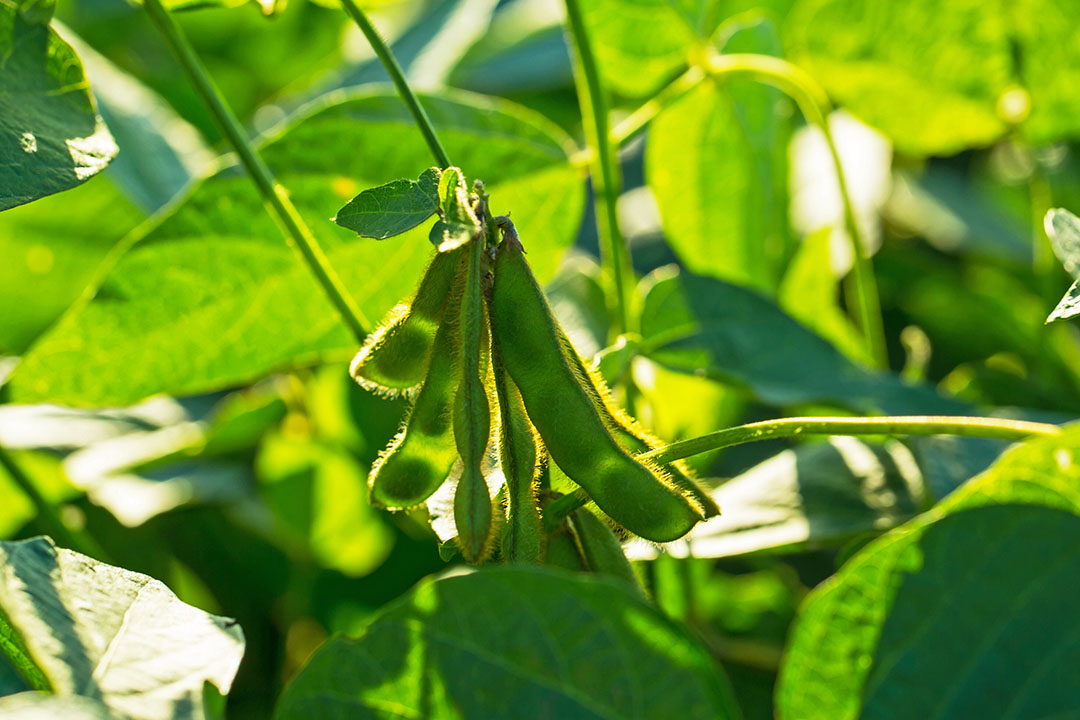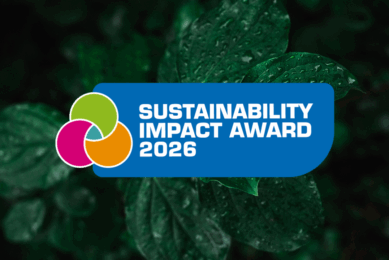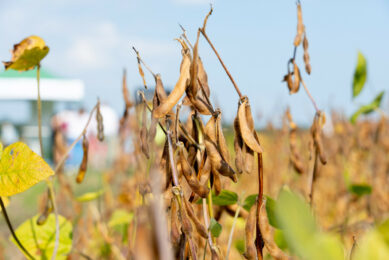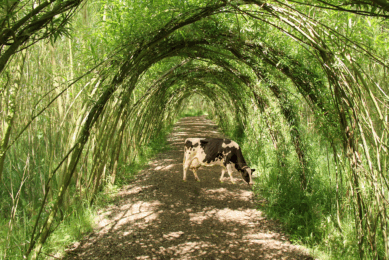Denmark’s transition from soy to grass

Researchers at Aarhus University have calculated how much of the current agricultural land in Denmark should be used for grass production in order to replace imported soy.
Grass protein can replace imported soy protein in compound feed for livestock. However, a complete transition from soy to grass will require optimisation of grass cultivation as well as better extraction technology, according to a press release issued by Aarhus University. “The grassland areas should be increased, and this will benefit the environment and make Danish agriculture more sustainable.”
Denmark imports between 1.5 and 1.7 million tonnes of soy annually. This corresponds to 711,000 tonnes of pure soy protein. Cultivation of this soy takes up an area of approx. 760,000 hectares, mainly in South America. Increasing global demand for soy will result in further clearing of the rainforest, what increases concerns about the environmental and socio-economic problems caused by soybean production. In the press release the researchers explain that a total area of 979,000 hectares needs to be used for grass production to replace current imports of soy: “Danish grass production yields approx. 10 tonnes of dry matter per hectare. Green grass and clover contain 15 – 25% protein in terms of dry matter and biorefining experiments show that about 40% of the protein is extracted. All in all, this means that it is possible to produce 0.73 tonnes of ‘pure protein’ per hectare.” However, neither the current cultivation practice nor the grass varieties used are optimised in relation to biorefining, while the biorefining technology has yet to be fully developed. Targeted research and development efforts will increase yields as well as the amount of protein extracted.
 FEFAC: 5 key ambitions to improve feed sustainability
FEFAC: 5 key ambitions to improve feed sustainability
FEFAC published its Feed Sustainability Charter 2030, consisting of 5 ambitions on how the EU feed sector can become more sustainable in the upcoming 10 years.
Optimising the grass production system
The researchers set up 4 scenarios within the framework of which they estimated the effect of various improvements in the grass production system. One scenario optimised cultivation systems, grass varieties and technology, and this is expected to produce an average of 14 tonnes of grass dry matter per hectare with a protein content of 20%. Adding improved biorefining technology makes possible the production of 1400 kg of extracted protein per hectare per year.
Challenge of maintaining the high yields in longer rotations
Senior Researcher and Head of Centre Uffe Jørgensen at the Aarhus University Centre for Circular Bioeconomy (CBIO): “We’re aware that there are significant opportunities for optimising both cultivation practice and biorefining technologies. However, it will require huge research and development efforts to facilitate this within the foreseeable future.” He further points to the challenge of maintaining the high yields in longer rotations as well as the risk of soil compaction in perennial fields. According to the optimised scenario, it will require an area of 500,000 hectares of grasslands in order to substitute locally produced grass protein for imported soy protein.
Increased production of perennial grass instead of annual crops such as grains and maize will help mitigate a number of environmental problems in agriculture.”
Today, Danish grasslands extend to approx. 300,000 hectares. “If we succeed in further optimising grass production and biorefining processes, we still need to find approx. 200,000 extra hectares for grass production in order to replace the soy imports. One option would be to convert some of the maize fields to grass production,” according to researchers at the university. “Increased production of perennial grass instead of annual crops such as grains and maize will help mitigate a number of environmental problems in agriculture,” says Uffe Jørgensen.











